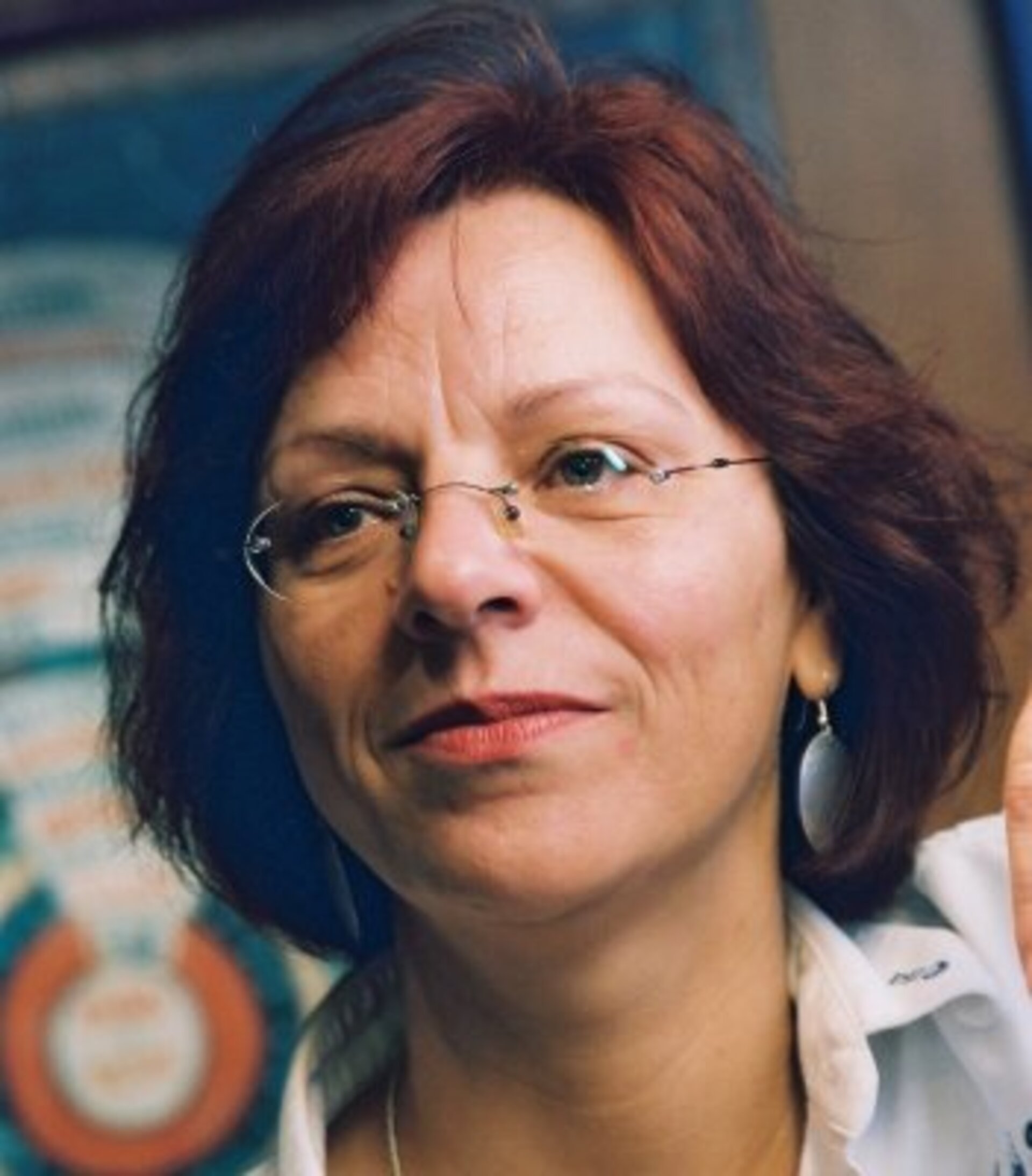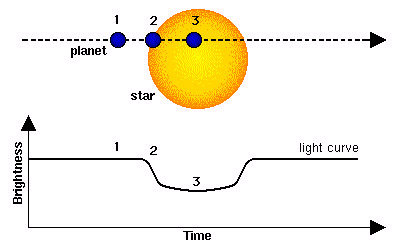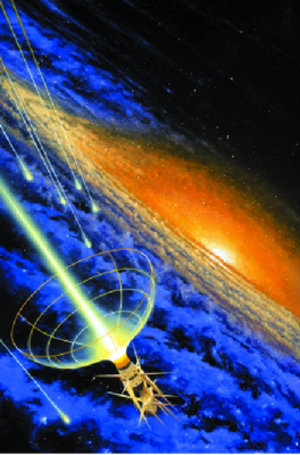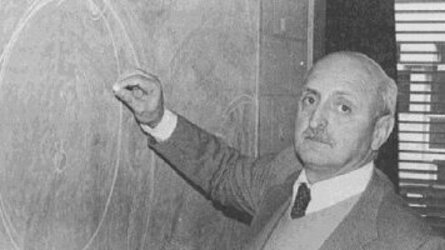Mercury rising: an interview with Rita Schulz
Rita Schulz, Project Scientist for the Bepi Colombo mission, is at the helm of the project to put a spacecraft into orbit around Mercury and land on it for the first time. However, Rita is used to breaking new ground, as she is also the first female Project Scientist at ESA.

Rita Schulz, ESA Project Scientist, Bepi Colombo mission.
Born: 13 March 1961 in Dortmund, Germany.
PhD in Physics, University of Bochum, Germany; two-year fellowship at the University of Maryland, USA, studying Cometary Science; three-year fellowship at the Max Planck Institute for Aeronomy, studying Planetary and Cometary Science.
Rita’s first post at ESA was Deputy Project Scientist on Rosetta, the mission to a comet, due for launch in 2004. She still occupies this post, as well as undertaking her role on the Bepi Colombo mission.
Rita is married with two children. In her spare time, she is devoted to her young family, but also tries to find time to ride her motorbike.
ESA: What does a Project Scientist on a space mission do?
Rita Schulz
One of the most important roles of a Project Scientist is to keep up to date on all the latest developments in the area of space science relevant to your mission, so that the mission will be studying its chosen phenomena in the best way currently possible.
When the spacecraft is being designed and built, we also have the tricky task of liaising between the scientists working on the project and the engineers designing the spacecraft.
The scientists are naturally keen to ensure that the mission will answer certain key scientific questions, but the engineers are more aware of the constraints of even the most modern technology, for example, how much power will be available on the spacecraft to do the job.
Eventually there will be a better balance between the numbers of men and women in these fields
ESA: You are the first female Project Scientist at ESA – how does that feel?
Rita Schulz
Well, I can’t say it is something I notice everyday! I am more aware of the fact that there are very few women working in space science overall. For instance, I have had to get used to being the only woman in most meetings I attend, that is a strange concept to me.
It is a pity that there are so few women in this field, because I think the environment would be more healthy if the balance were more even – it would be more like the outside world.
ESA: What do you think can be done to redress the balance?
Rita Schulz
In the past, women were not encouraged to go into careers involving physics or engineering, so nowadays there are only a few women working in senior positions. I think the change has to be a long-term one. All institutions should now be encouraging women to consider a career in these fields, so that eventually there will be a better balance between the numbers of men and women.
ESA: How did your own interest in space science begin?
Rita Schulz
I have always been interested in physics and astrophysics. It all started when I was a kid and I saw pictures of Halley’s comet, taken in 1910. I was amazed by the appearance of comets in the sky, and so I started to read books on the subject, and on how the Solar System was formed, and things took off from there.
Mercury is extremely odd!
ESA: We know that Mercury is very small and rocky, but why do you think it is important to go there?
Rita Schulz
Firstly because Mercury is extremely odd! We simply do not understand why it is like it is – but when we do, we will know not only so much more about how it was formed, but also about how our Solar System was formed.
Because it is so close to the Sun, Mercury does pose enormous challenges for scientists hoping to get a closer look, especially since most instruments on Earth can be damaged just by looking in that direction. So many of our questions can only be answered by going there.
For instance, we know that Mercury has its own magnetic field, but we have no idea where it comes from. However, Mercury also has its own magnetosphere, similar to the protective shield that encircles the Earth, and this magnetosphere can interfere with our measurements of the magnetic field.
We plan to take two orbiters to Mercury, each with its own instrument to measure this phenomenon. By using two instruments, measuring the magnetic field at the same time, we can disentangle the results from the interference from Mercury’s magnetosphere, and get right to the heart of the matter of why it is there.
ESA: Going to Mercury is a huge challenge, but what will be the most difficult parts of the mission?
Rita Schulz
The soft-landing on an airless body will be the most interesting part! There is a tenuous atmosphere often referred to as an exosphere, but for all intents we can ignore atmospheric effects. While the orbiters map the planet and investigate its magnetosphere, a third component — a lander — will make a soft-landing to study the surface.
While observations from orbit will continue for one Earth year, the lander will only be able to perform its duties for a short time, as it will have to endure the extreme surface conditions to bring us new images and data.
The side closest to the Sun reaches over 400°C, hot enough to melt tin, and receives lots of radiation. On the side facing away from the Sun, or the night side, the temperature drops to –183°C. To escape the heat and radiation, the probe will land on the dark side of the planet. The camera which will produce images of the landscape will therefore be equipped with an illumination device. The other instruments will investigate which minerals and chemical elements are present in the area and even go below the surface to measure the mechanical and thermal properties of the soil.






